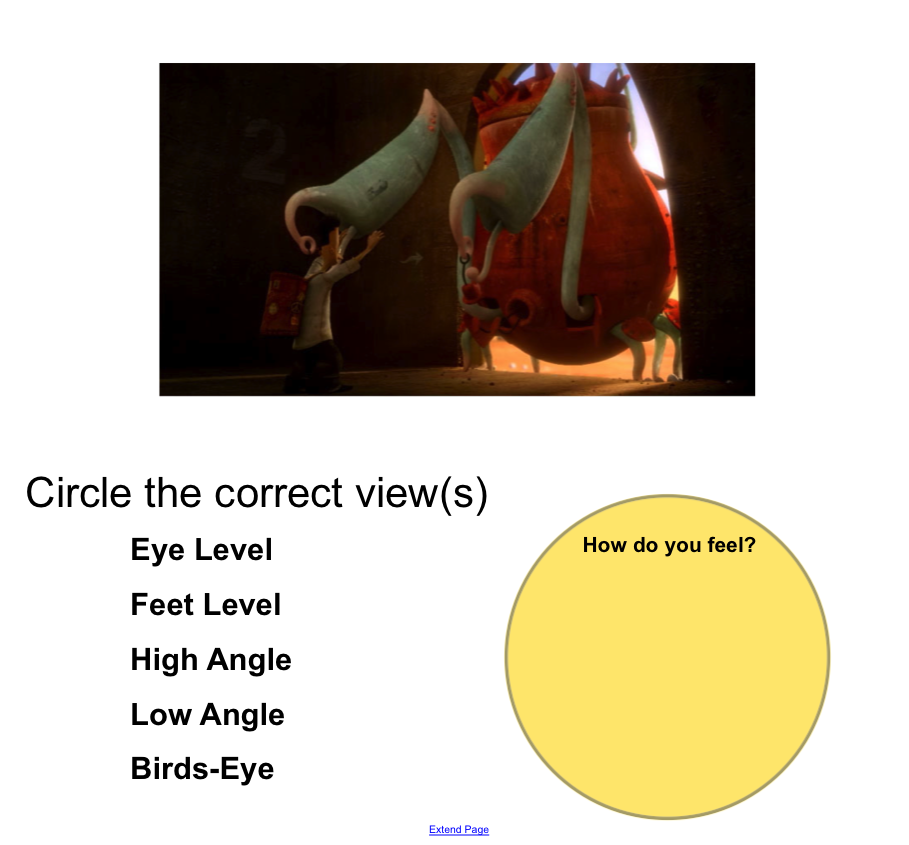With my partner Ross, we explored the apps available on the iPads in order to experience for ourselves the types of activities that are available to early stage 1 students to develop their oral language skills. We went in agreeing with the thinking of Jones (2012) that restating a narrative in a students’ own words is an important aspect of developing their comprehension skills. In fact, I think it is one of the most fundamental ways for a student to build on understanding of a text while also incorporating his/her own attitudes of the characters, plot lines, etc. It could potentially even be used as an assessment tool, however that may be more appropriate at higher stages.
We found that the programs we looked at on the iPad, primarily the PlaySchool Art Maker app, allowed us to record our own voices and illustrate the stories with entertaining and fun widgets/characters/motifs. Because voices are recorded, we believe it encourages a student to develop purposeful use of his/her expression and intonation as well as compiling a narrative in an engaging way for the student. In addition, the app separated out the stories into panels, which encourages students to think about texts as having an organized structure with a beginning, middle and end. I would develop this aspect of literacy through the practice of transitional language (e.g., in the beginning, and then, after that, finally) as a student progresses through his/her narrative.
We also tried out the Toontastic app on the iPad. We liked this app’s ability to allow students to draw a character’s features separately (such as arm, body, legs) which would be entertaining for them. Furthermore, while the app separates the story compiling into panels similar to the PlaySchool Art Maker app, it also uses the correct language for the different storytelling elements (setting, conflict, resolution, etc). This is very helpful for ES1 students, even if they aren’t learning the correct terms explicitly, as they are exposed to it already. We definitely enjoyed the ease of use of Toontastic, and would certainly try to incorporate it into our classrooms.
In the latter part of the tute, I was also able to familiarize myself with the workings of iMovie. I created a minute long (or so) “I Am Andrew” digital story with a few of my favorite pastimes and likes, albeit in a hurried fashion. It wasn’t good enough to save or upload, but I’m confident I will be able to work with the program well to create my upcoming digital story.
